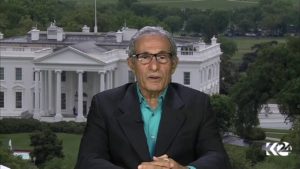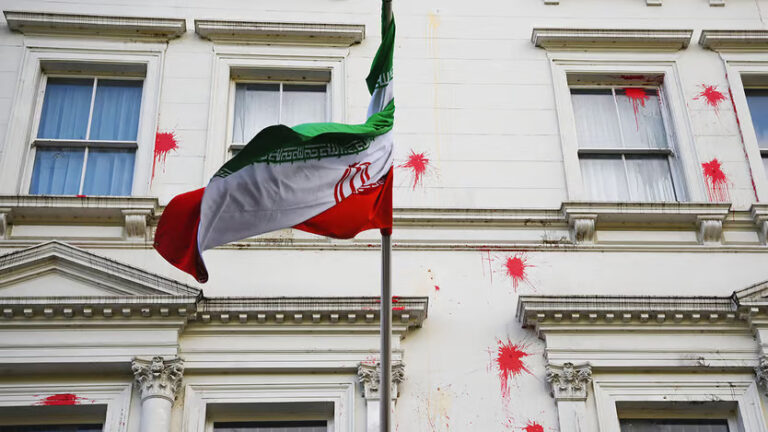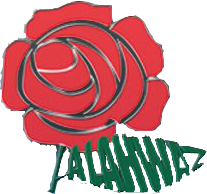TEHRAN (Agencies)
Delayed Bushehr plant to meet growing electricity demands
Iran said Saturday its first atomic power plant built by Russia in Bushehr has begun operations, 
ahead of a new round of talks with Western powers over the country’s controversial nuclear drive. “Without any propaganda and fuss we sealed the cover of the reactor and all the fuel rods are in the core of the reactor,” atomic chief Ali Akbar Salehi was quoted as saying by Fars news agency, without specifying when. But Salehi said the authorities in the Islamic republic “hope that electricity produced at the Bushehr plant will be connected to the national grid in a month or two.”
Iran says it needs the plant, which had been under construction since the 1970s in the southern port city of Bushehr before it was completed by Russia, to meet growing demand for electricity.
But Western governments suspect Iran’s nuclear program masks a drive for an atomic weapons capability, an ambition Tehran has steadfastly denied.
Salehi’s announcement comes ahead of the likely resumption of stalled negotiations between world powers and Iran on Tehran’s controversial nuclear program in Geneva on December 5.
EU foreign policy chief Catherine Ashton said this week she had received “informal confirmations” from Iran about the date and location for the talks, “but I want a formal confirmation.”
Iran and six world powers — the United States, Russia, China, France, Britain and Germany — have agreed to return to the negotiating table for the first time since October 2009, but two sides diverge on what issues should be on the table.
The world powers want the talks to focus on Iran’s uranium enrichment program but Tehran wants a wider discussion that includes regional security issues.
Iran is under four sets of U.N. sanctions over its refusal to suspend uranium enrichment, the sensitive process which can be used to make nuclear fuel or, in highly extended form, the fissile core of an atom bomb.
Last month Iran said it has begun loading fuel — provided by Moscow which also recovers the spent fuel– into the reactor core of Bushehr plant, a move which brings the facility closer to generating electricity after decades of delay.
Iran had begun transferring the fuel to the facility on August 21, a process which was described as the “physical launch” of the power plant.
On October 4, Salehi said the power plant would be ready to generate electricity by January — two months later than previously announced.
The process of loading the fuel has suffered some hiccups, which Salehi has previously blamed on “severe hot weather” in Bushehr.
Iran temporarily halted most of its uranium enrichment work earlier this month, a U.N. nuclear watchdog report said, an unusual move which Western diplomats said they believed was linked to technical problems.
The confidential report did not say why or for how long Iran stopped feeding material into all centrifuge machines used to refine uranium to a low level.
But it also said Iran’s uranium stockpile had continued to grow and that the International Atomic Energy Agency (IAEA) remained concerned about possible activity in Iran to develop a nuclear payload for a missile.
Salehi said a small leak in a pool beside the Bushehr reactor was the cause of the delay in the start-up of the nuclear plant and four days ago, he also repeated previous denials by Iranian officials that an extraordinary computer worm, Stuxnet, had in any way harmed Iran’s nuclear program.
Security experts have said the release of the Stuxnet computer virus could have been a state-backed attack, possibly by Israel or another enemy of Iran, aimed at sabotaging the Islamic Republic’s nuclear enrichment program.
Security experts said last week that new research showed definitively that Stuxnet was tailored to target the kind of equipment used in uranium enrichment.
Iran has previously confirmed the virus had infected staff computers at the long-delayed power plant but had not affected major systems there.











+ There are no comments
Add yours